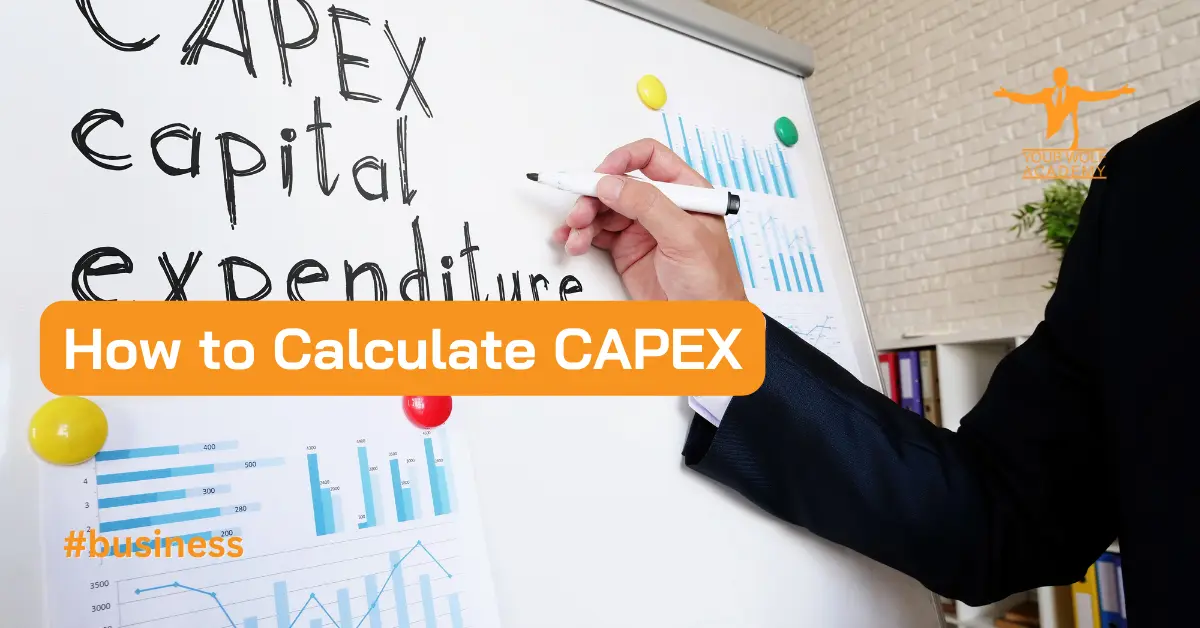Capital expenditures (CAPEX) are expenses incurred by a business to purchase or upgrade long-term assets, such as property, equipment, and machinery. CAPEX is an important metric for businesses because it represents investments made in the company’s future growth and profitability.
Therefore, it is critical for businesses to calculate CAPEX accurately to ensure they make informed investment decisions.
This article will provide a comprehensive guide on how to calculate CAPEX, including the formula, examples, and tips for accurate calculations.
Understanding Capital Expenditures (CAPEX)
Before diving into how to calculate CAPEX, it’s important to understand what it represents. CAPEX is an investment in a long-term asset that provides a future economic benefit to the business. This investment could be made to replace an existing asset that has reached the end of its useful life or to purchase a new asset to increase the company’s production capacity.
CAPEX expenditures are typically classified as assets on the company’s balance sheet and are recorded as non-current assets. The assets are then depreciated over their useful life, which is the period over which the asset is expected to provide economic benefits.
Formula for Calculating CAPEX
The formula for calculating CAPEX is straightforward:
CAPEX = Total cost of the asset – Salvage value
The total cost of the asset includes all costs associated with acquiring or upgrading the asset, such as purchase price, transportation costs, installation costs, and any other related costs. Salvage value represents the expected value of the asset at the end of its useful life.
Example of CAPEX Calculation
Let’s say a business purchases a new piece of machinery for $100,000, including transportation and installation costs. The useful life of the machinery is estimated to be ten years, and the salvage value at the end of its useful life is estimated to be $10,000. Using the formula above, we can calculate the CAPEX:
CAPEX = $100,000 – $10,000 CAPEX = $90,000
Therefore, the CAPEX for the new machinery is $90,000.
Tips for Accurate CAPEX Calculation
- Include all costs associated with the asset: When calculating CAPEX, it’s important to include all costs associated with acquiring or upgrading the asset. This includes purchase price, transportation costs, installation costs, and any other related costs.
- Estimate useful life and salvage value accurately: Estimating the useful life and salvage value of an asset is critical for accurate CAPEX calculations. Overestimating or underestimating these values can result in inaccurate calculations, which can lead to poor investment decisions.
- Consider the time value of money: When making investment decisions, it’s important to consider the time value of money. This means that a dollar today is worth more than a dollar in the future due to inflation and the opportunity cost of not investing the money elsewhere.
- Use depreciation schedules: Depreciation schedules can help businesses accurately calculate the depreciation expense for their assets. This, in turn, can help ensure accurate CAPEX calculations.
Conclusion
Calculating CAPEX is essential for businesses looking to invest in long-term assets. It represents the investments made in a company’s future growth and profitability.
The formula for calculating CAPEX is straightforward, and it’s important to include all costs associated with the asset, estimate useful life and salvage value accurately, consider the time value of money, and use depreciation schedules for accurate calculations.
By following the tips outlined in this article, businesses can ensure that they make informed investment decisions based on accurate CAPEX calculations. It’s important to remember that CAPEX represents a significant investment in a company’s future, so it’s critical to get the calculations right.
Businesses should also consider other financial metrics, such as return on investment (ROI) and net present value (NPV), when making investment decisions. By analyzing multiple financial metrics, businesses can make more informed decisions about their long-term investments.
Your Wolf Academy offers a range of educational resources to help traders succeed, including free signals, technical analysis, and weekly webinars. Sign up today and get a recommendation for a regulated brokerage company that suits your needs.


